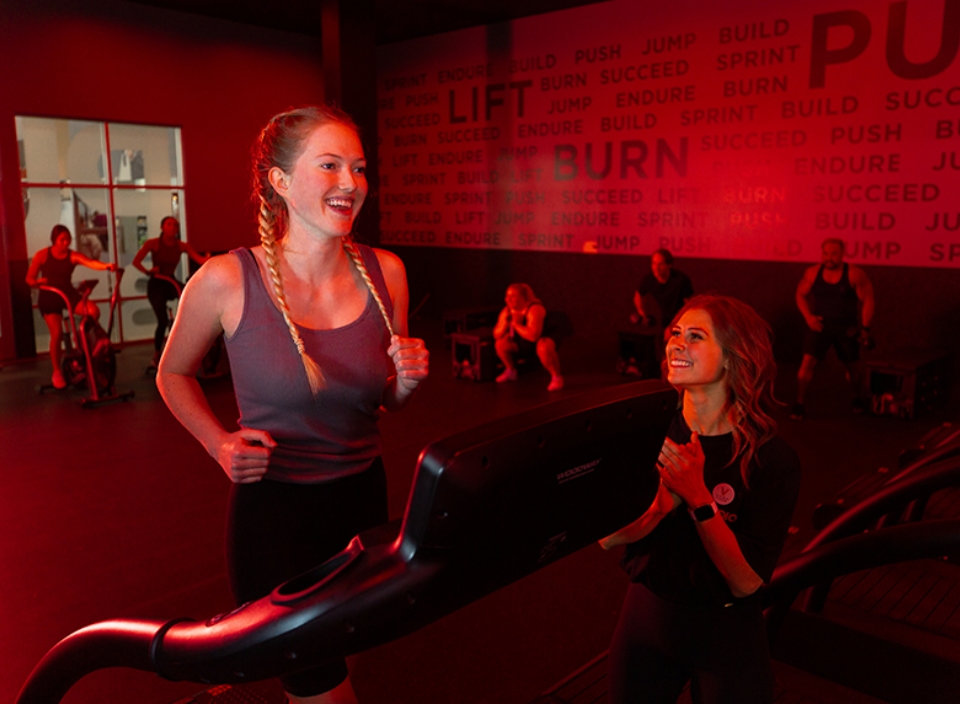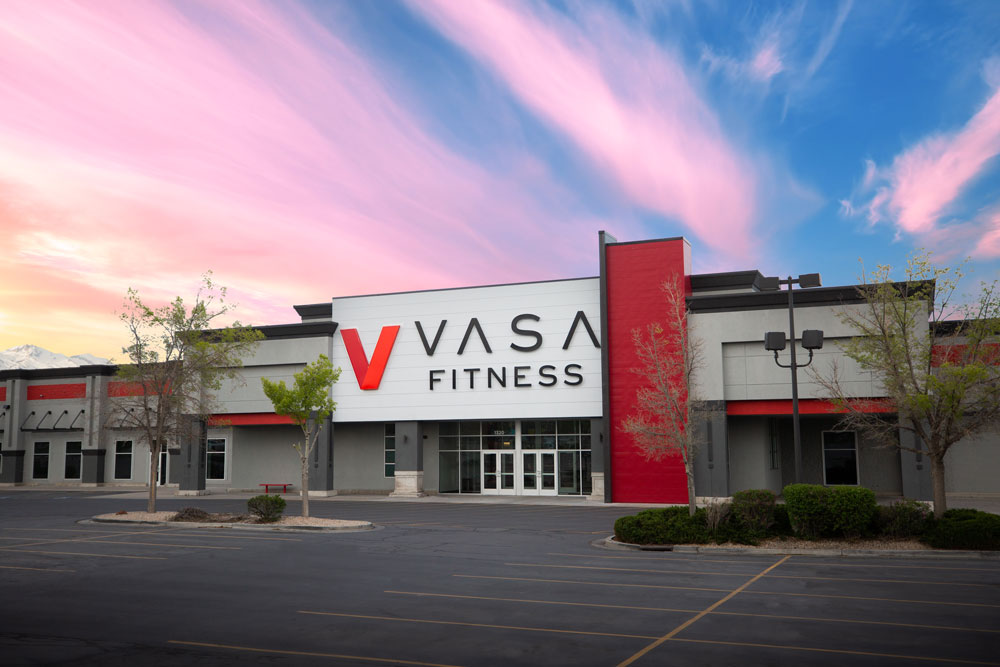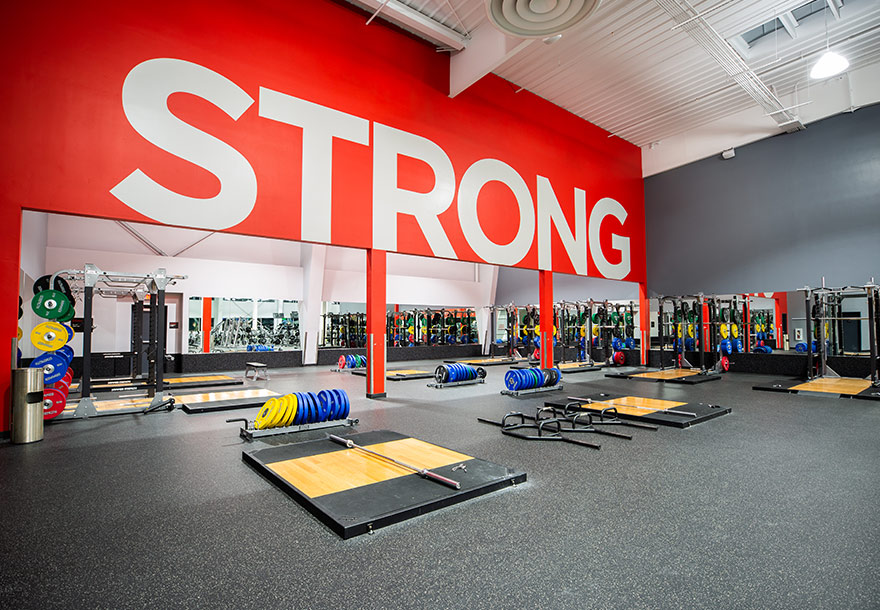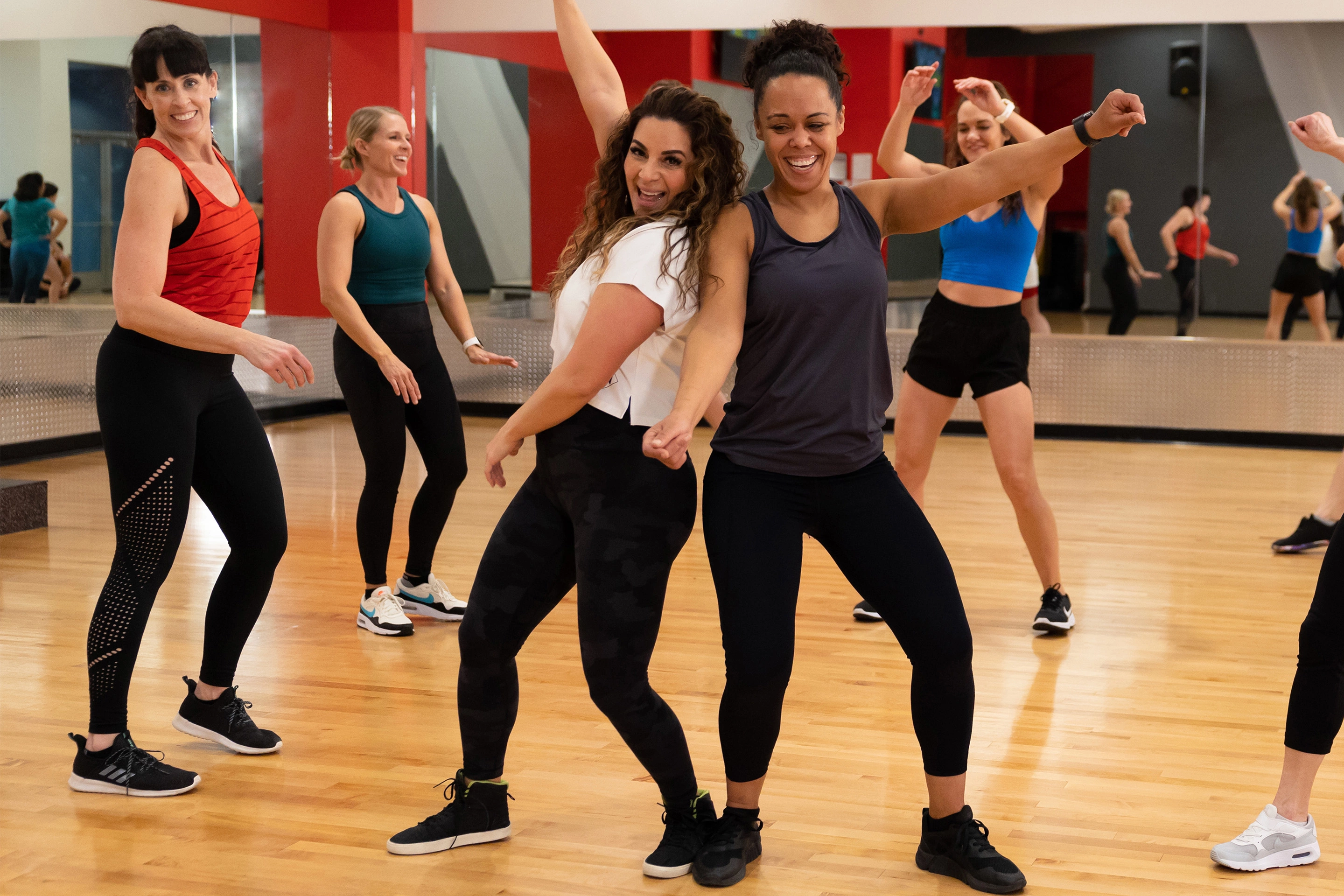Difference Between Anaerobic and Aerobic Exercises
Most of us likely learned the differences between aerobic and anaerobic exercises in school, but understanding how to apply it to your workout schedule might be more challenging. Read on to understand the difference between the two, and how aerobic and anaerobic exercises will help you get fit and reach your goals.
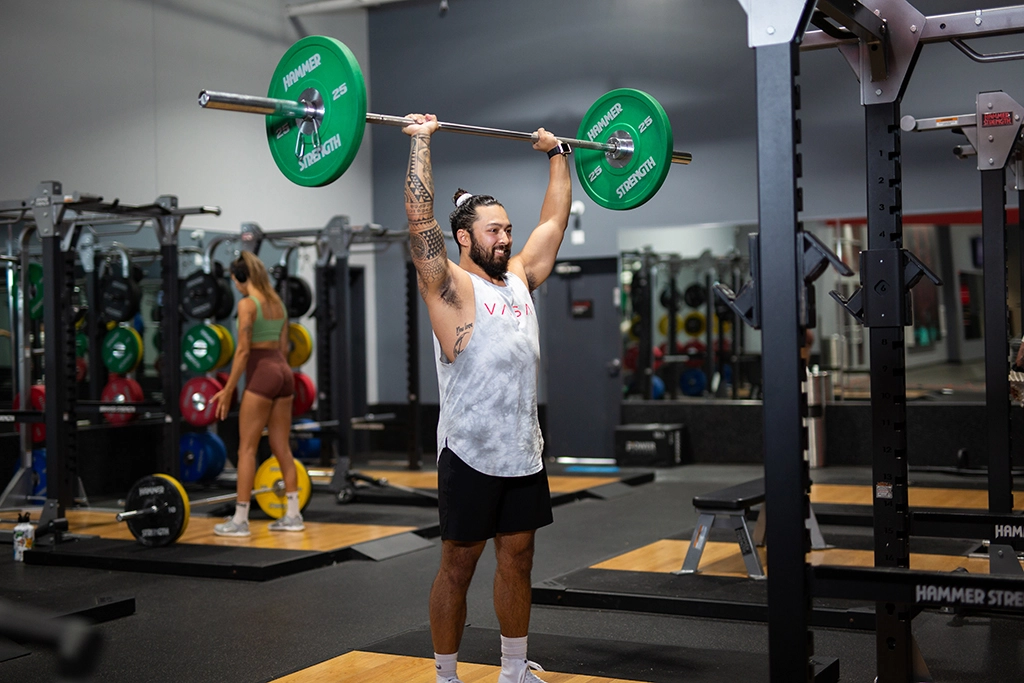
What is Anaerobic Exercise?
Most high school health classes define this type of conditioning as “without oxygen.” This definition doesn’t mean you don’t breathe during the workout; it just means your body doesn’t require oxygen to create the energy needed to create movement at a high intensity.
Short bursts of speed and other strenuous efforts are supplied by the body’s anaerobic energy systems, APT-CP and Anaerobic Glycolysis, both of which have a supply of energy they can provided for a certain amount of time, but will eventually run out and require you to fully recover before repeating. This type of exercise is metabolically demanding, but since it can’t be sustained for a long period of time, it will likely burn less calories than you’d expect. The key to maximizing anaerobic training is to allow enough time between bouts of hard work to enable the body to recover before taking off for a second round of work.
Examples of anaerobic exercises include:
- Lifting heavy weights
- Running sprints
- Bike sprints
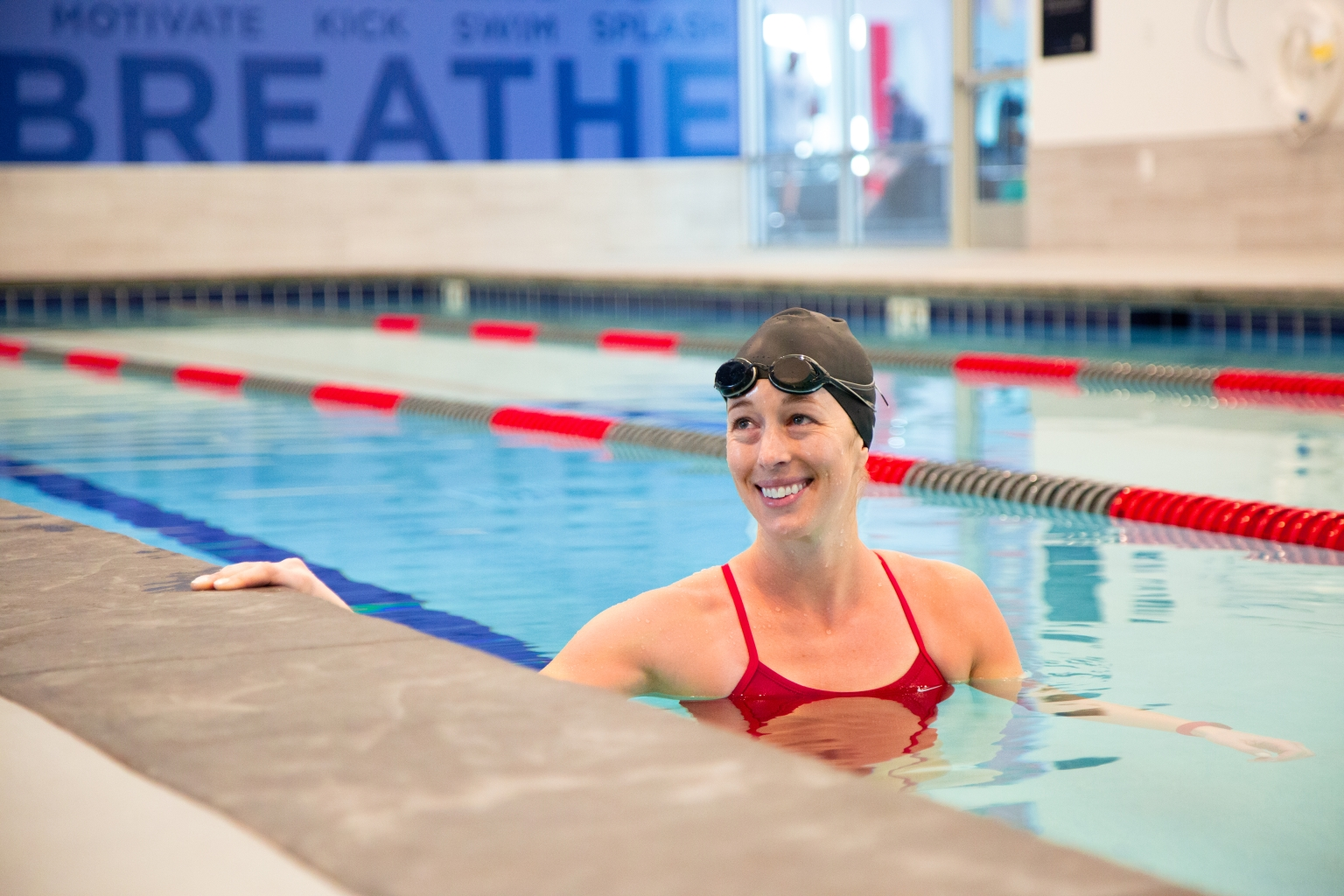
What is Aerobic Exercise?
Opposite to anaerobic exercise, aerobic work utilizes oxygen to create the energy needed to create movement. Most people can sustain aerobic exercise for long periods of time due to its relatively low-intensity nature. Low-intensity aerobic exercise is well known for its ability to build strong cardiovascular (heart and lungs) systems for people of all ability levels.
Commonly known as the “fat-burning zone,” aerobic exercise does more than just burn fat. In addition to a strong heart and lungs, aerobic exercise helps clear waste out of the bloodstream, detoxify the body via sweat, and assist in decreasing pain in those experiencing chronic pain. The key to maximizing aerobic training is to keep the heart rate below 80% of your estimated max heart rate.
Examples of aerobic exercise:
- Swimming
- Cycling
- Walking
- Jogging
- Rowing
Common Mistakes
Many of us do our endurance (aerobic) work too fast, and our speed (anaerobic) work too slow. Training at 85% or more of the maximum estimated heart rate using work and rest intervals takes advantage of the anaerobic system. In comparison, training under 80% of the estimated maximum heart rate takes advantage of aerobic energy systems. Many gym goers stay between 80-85% of their max heart rate and never achieve the benefits of these specific types of training.
Combine Aerobic and Anaerobic Exercises for Maximal Results
Alternating between aerobic and anaerobic exercises throughout the week will help keep your workouts fresh and continue making progress towards your fitness goals. Pair this with strength training and you should start seeing great results. If you have questions about how to make the most of your cardio, chat with one of VASA’s knowledgeable certified Personal Trainers, who can help guide you and put together a personalized plan so you reach your goals.
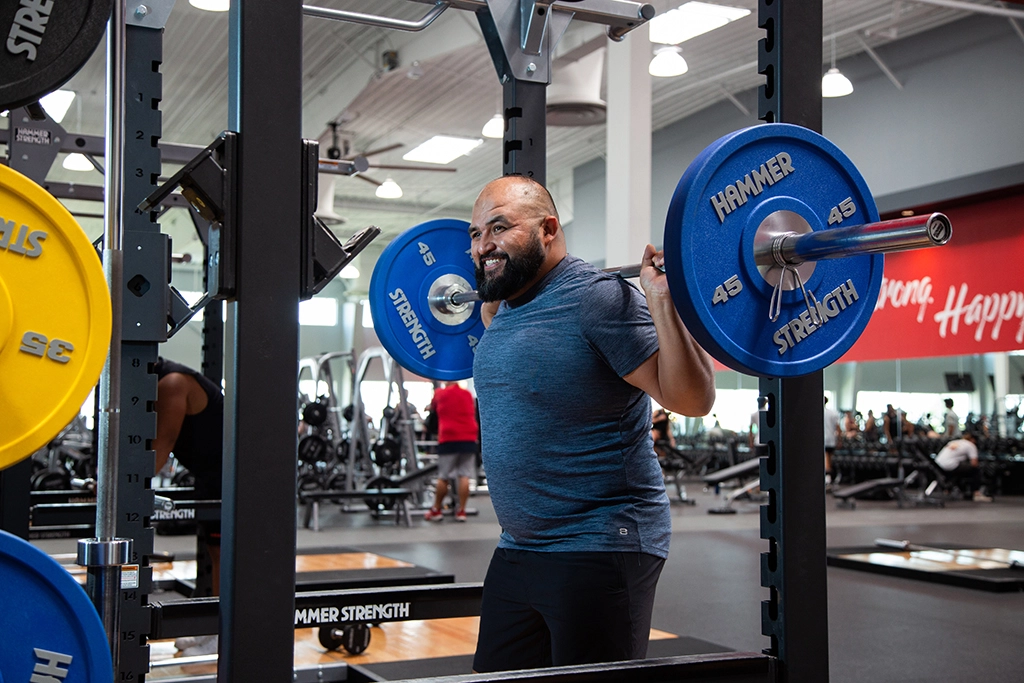
SUBSCRIBE TO OUR BLOG
Enter your email to start receiving our blog emails!
